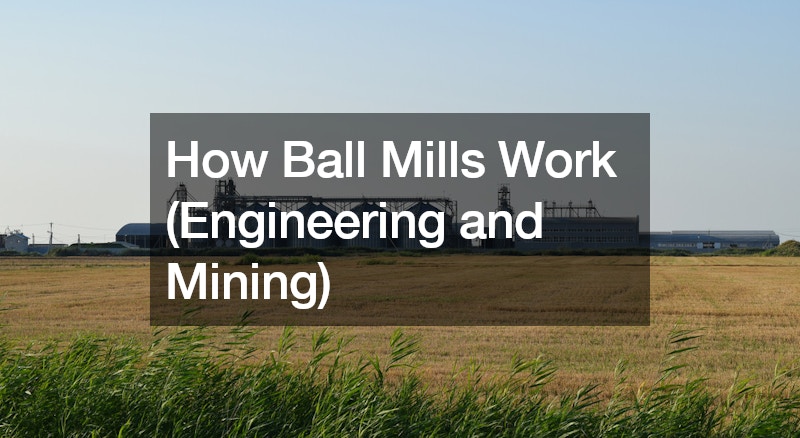
Ball mills, integral to the mineral processing industry, facilitate the grinding and blending of materials. Understanding their mechanics illuminates their pivotal role. At their core, ball mills consist of a rotating cylinder filled with balls, acting as the grinding medium. As the mill rotates, the balls cascade and pulverize the material, achieving the desired fineness.
Crucial to their efficiency is the design of the ball mill lining.
This lining, often made of rubber or steel, protects the mill’s interior from abrasion and impact while ensuring optimal grinding performance. Proper lining design enhances mill longevity and reduces maintenance costs.
Additionally, the speed and size of the balls impact grinding efficiency. Faster rotation speeds result in finer particles, while larger balls enhance impact force. Balancing these variables is essential for achieving the desired product size and throughput.
The discharge system plays a critical role, allowing the ground material to exit the mill efficiently. Overflow mills discharge ore through a trunnion, while grate discharge mills utilize peripheral or central slots to control particle size.
Innovations in ball mill technology continually improve efficiency and reduce energy consumption. High-efficiency separators, automation, and advanced monitoring systems optimize performance and minimize downtime.
Understanding why ball mill lining design matter is paramount for maximizing productivity and minimizing maintenance in the engineering and mining sectors. With proper design considerations and operational practices, ball mills remain indispensable tools in mineral processing operations.




